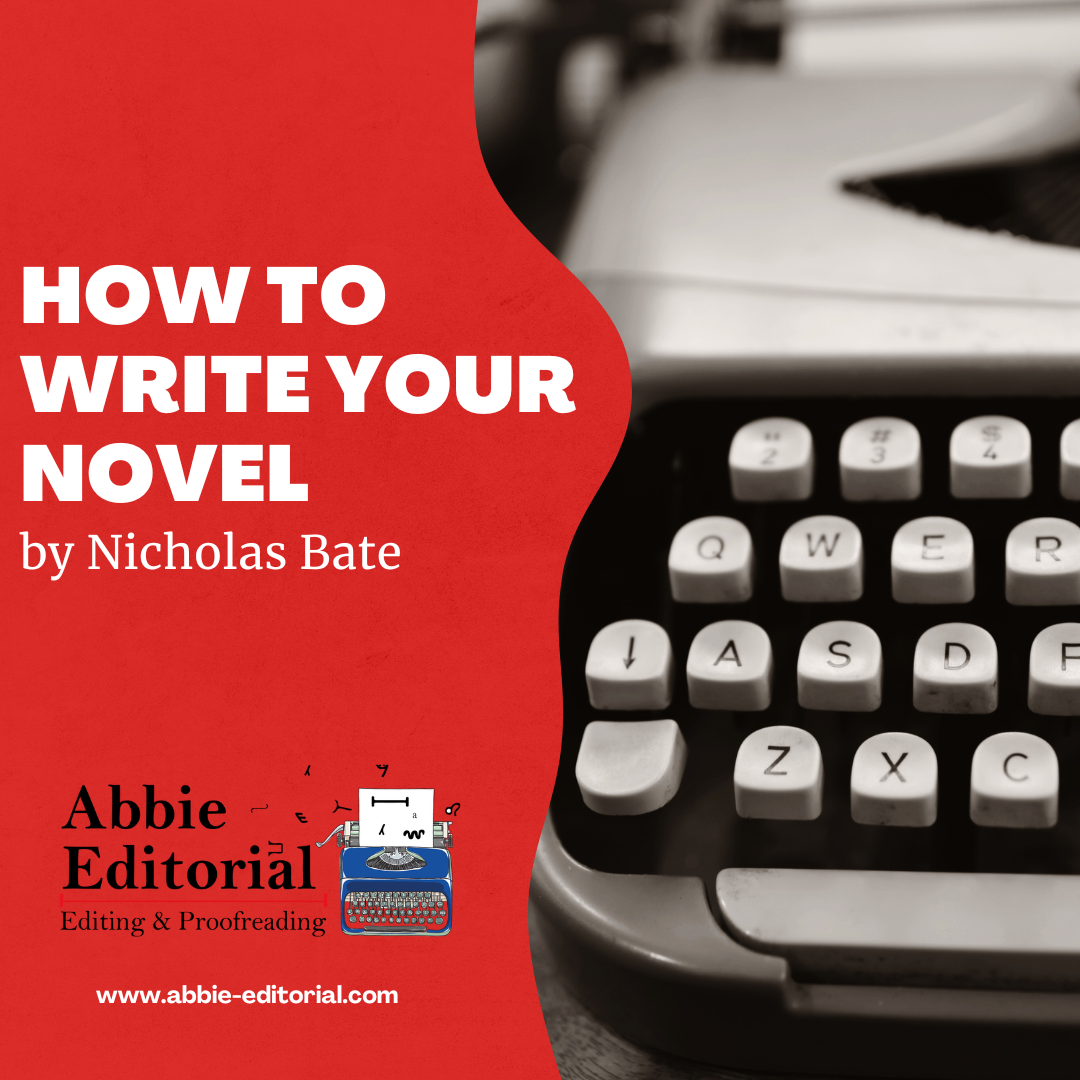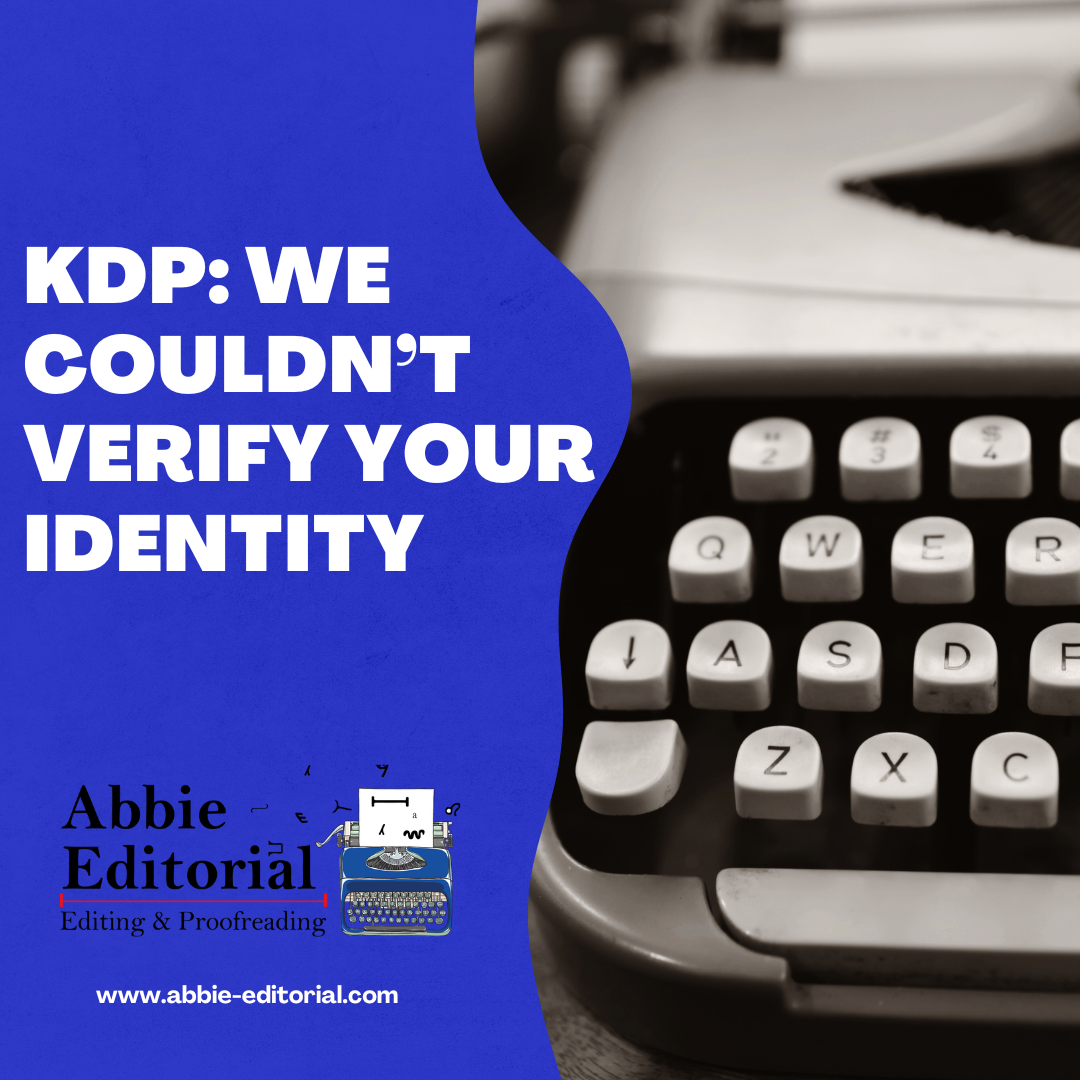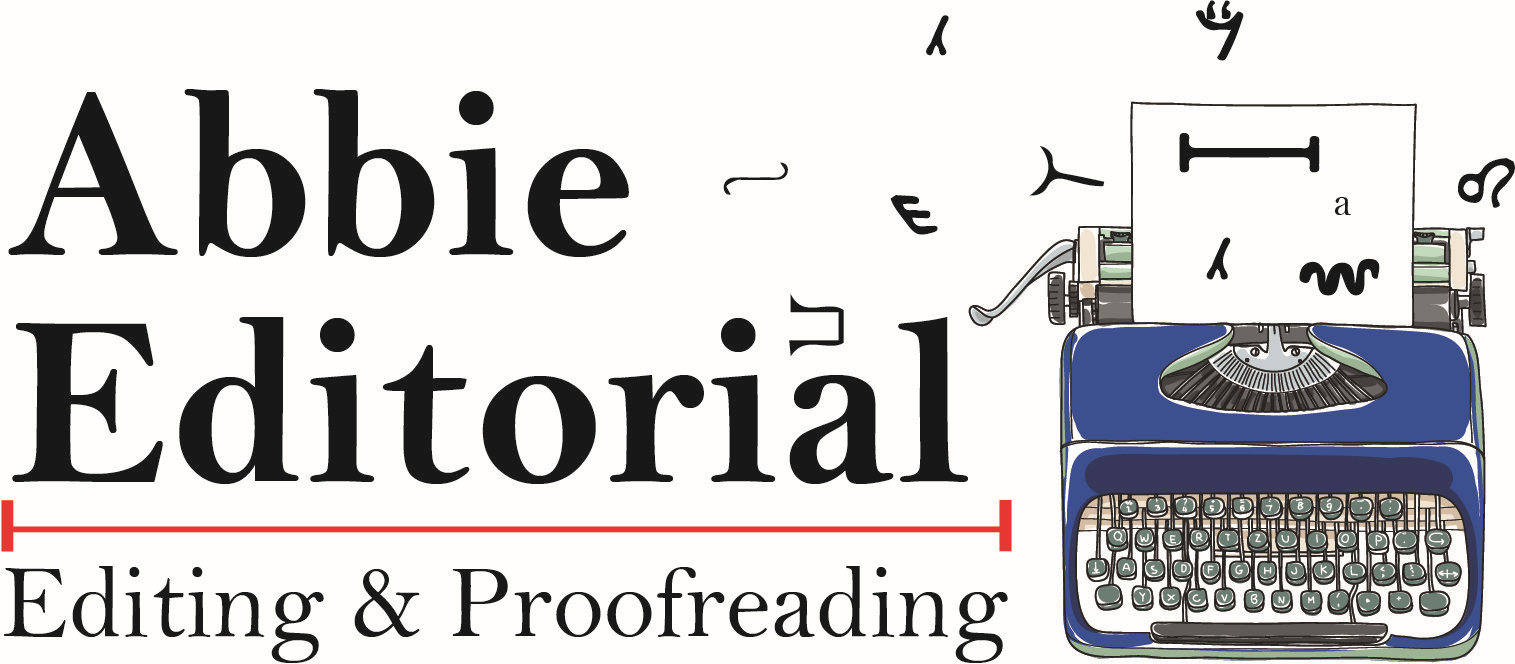How do I use apostrophes?

The apostrophe, like the comma, is a punctuation mark that can cause problems for writers and authors, and can become a bit of an Achilles heel (more on that later).
It's a versatile little mark, and we use it to indicate possession, contraction and omission.
Possession
We place the apostrophe before the 's' to show that an object belongs to someone when that someone is singular.
Thorin's toys.
If the singular noun ends in an 's' we have two options. We can place a single apostrophe after the 's', or place it after with an additional 's'.
James' corgi.
James's corgi.
Both of these examples are correct and the key here is to be consistent (this is where your copyeditor's style sheet comes in. See my post on them here).
If there is more than one subject we place the apostrophe after the 's'.
The corgis' toys had been put away.
However, this is the English language and just when you think you have figured out the rules, a situation comes along that changes everything.
In situations when the noun or pronoun is irregular and has a plural form (children, men, women) we again place the apostrophe before the 's'.
The children's toys.
The women's corgis.
The men's dogs.
In lists of owners, we only need one apostrophe if a singular item belongs to all subjects, and we attach it to the final name.
Abbie, James and Nadine's corgi.
But if they each have their own corgi:
Abbie's, James' and Nadine's corgis.
So you may be thinking I have made a mistake by omitting the apostrophe in Achilles heel. The New Oxford Dictionary for Writers and Editors doesn't give Achilles heel an apostrophe and, to be honest, it's only recently that I wondered why. When we consider that 'Achilles heel' is a noun and it is used to refer to a weakness in someone other than Achilles himself, it makes sense: Abbie's Achilles heel.
Another deviation from the norm is 'its'. When we use it in the possessive form, we do not give it an apostrophe.
The corgi played with its toys.
And that leads us on to the apostrophe's other use.
Contractions
A contraction is basically one word that we have made out of two separate words. Examples of contractions are
do not shortened to don't
you are shortened to you're
I am shortened to I'm
have not shortened to haven't
could have shortened to could've
they are shortened to they're
it is shortened to it's
The apostrophe takes the place of the letter that has been removed to create one shorter word. In the final example, we can see why the possessive 'its' doesn't take an apostrophe as it completely changes its meaning.
Omissions
In fiction, authors often try to reflect their characters' dialects and an apostrophe can be used to indicate the omission of letters.
'I'm from 'Ull, where are you from?'
In the above example the H from Hull has been dropped (common within the Hull dialect) to make the character's dialogue more authentic. This is fine; however, many authors inadvertently use an opening quotation mark rather than an apostrophe. They are two different punctuation marks and look different. The apostrophe is the one that looks like a tiny number nine.
* * *
I hope you have found this post helpful. If you would like help getting your manuscript into shape, head over to my services page to see how I can assist you.










